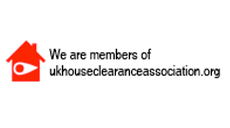Areas We Cover
London Regions
EasyClear provides services anywhere within London and the Home Counties, and we are happy to quote for jobs outside these areas.
Get a Free Quote
Areas We Cover
London Location
Deptford
Chessington
Camberwell
If you live outside the areas mentioned please email us at info@easyclear.co.uk







